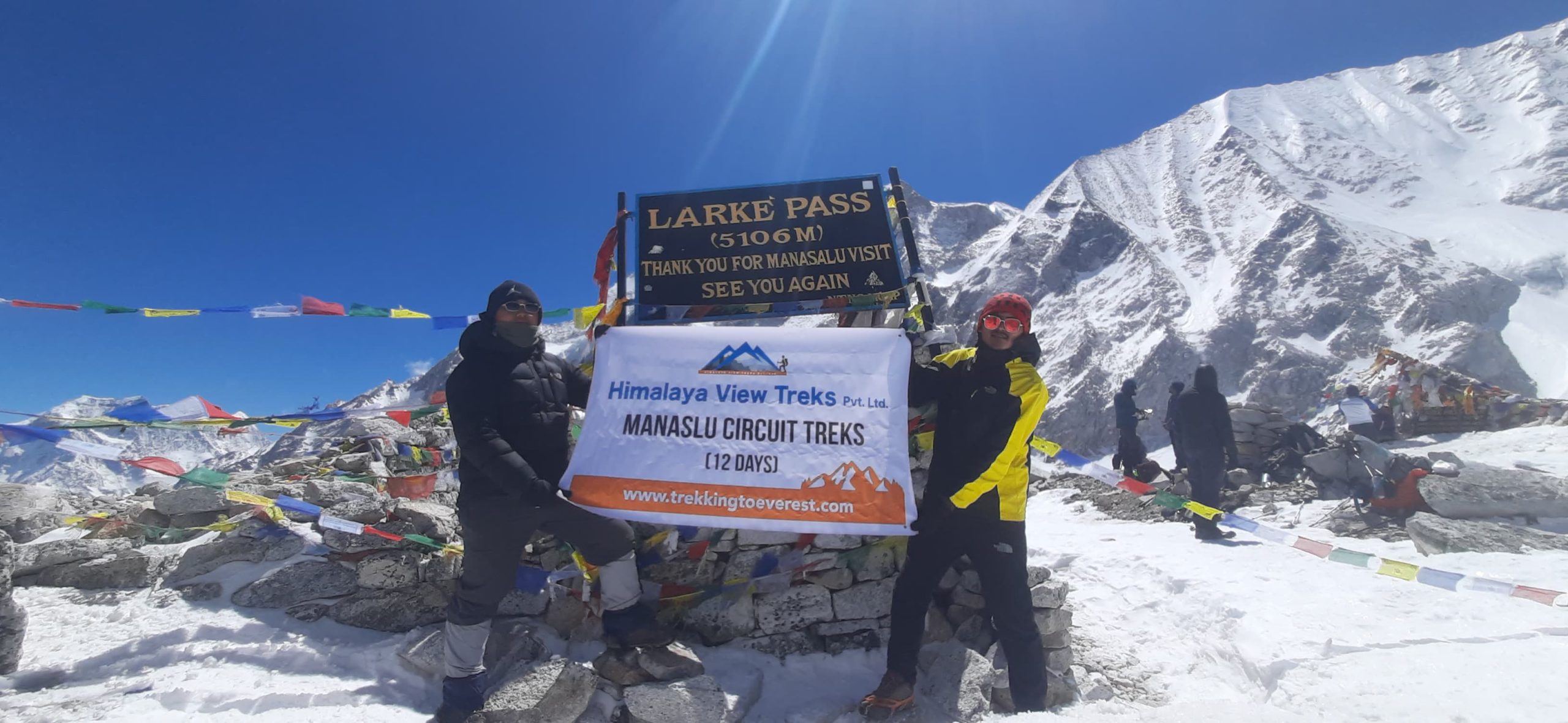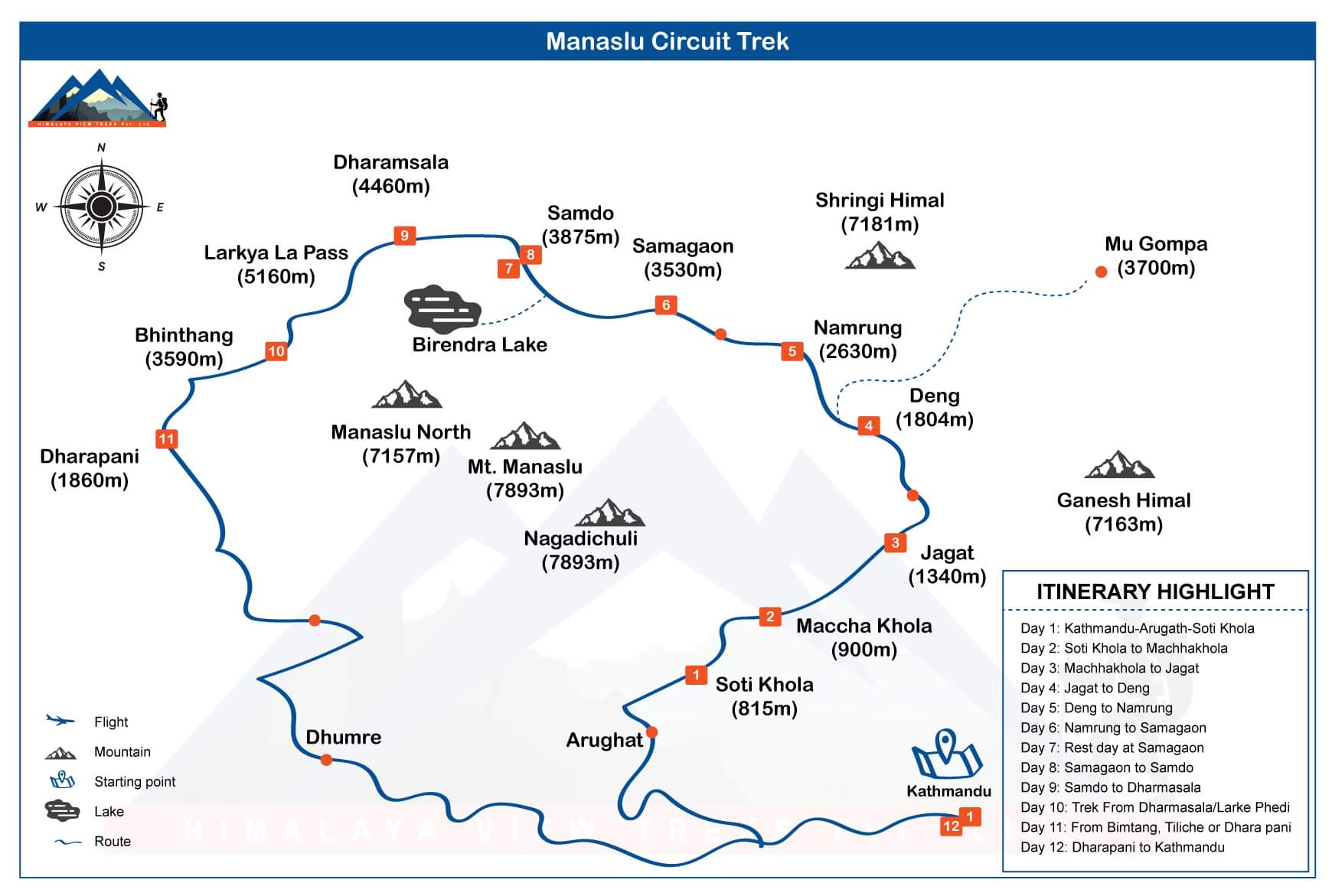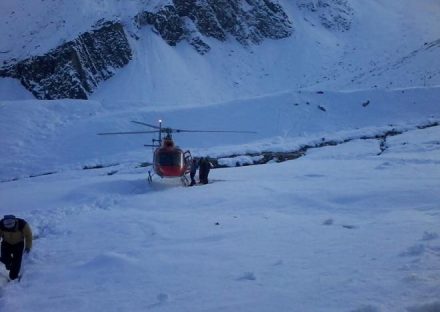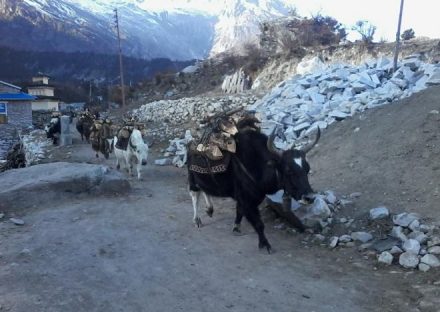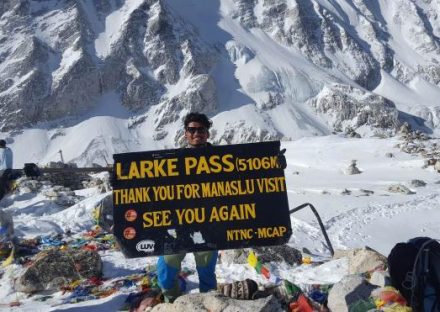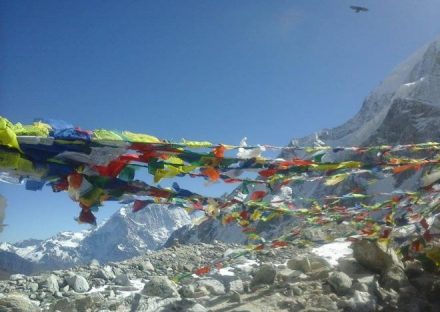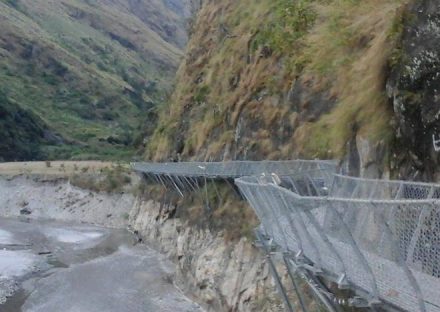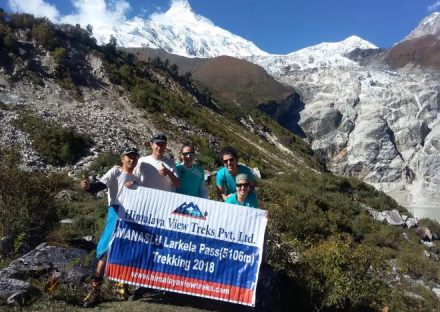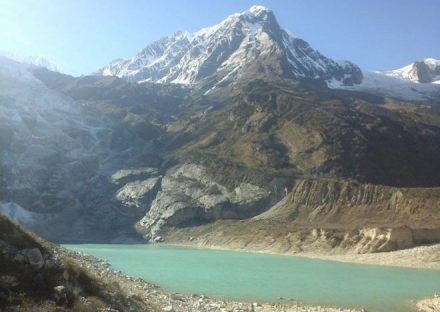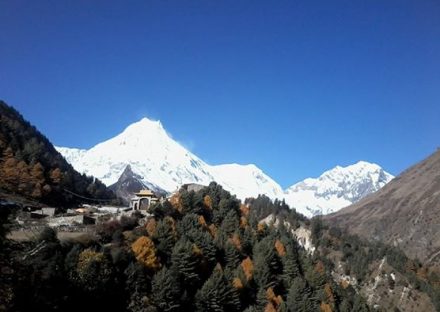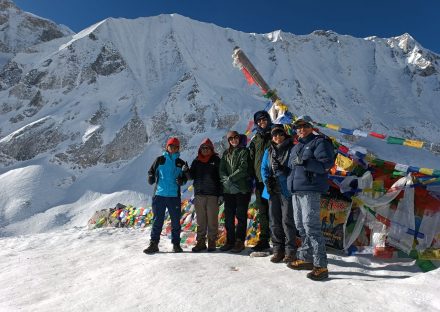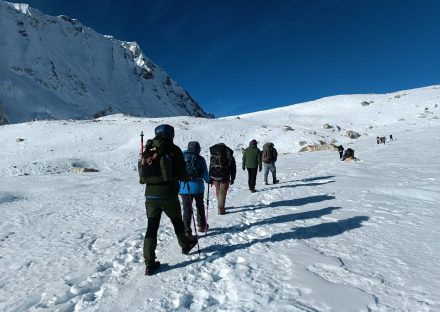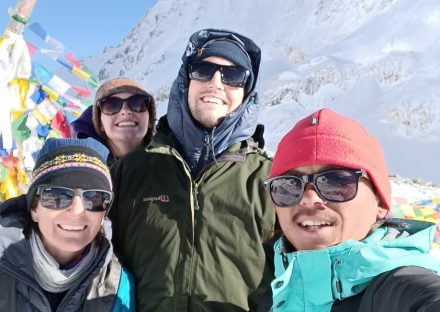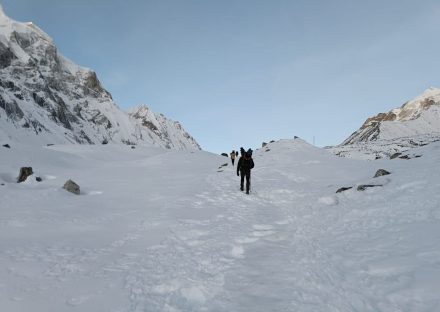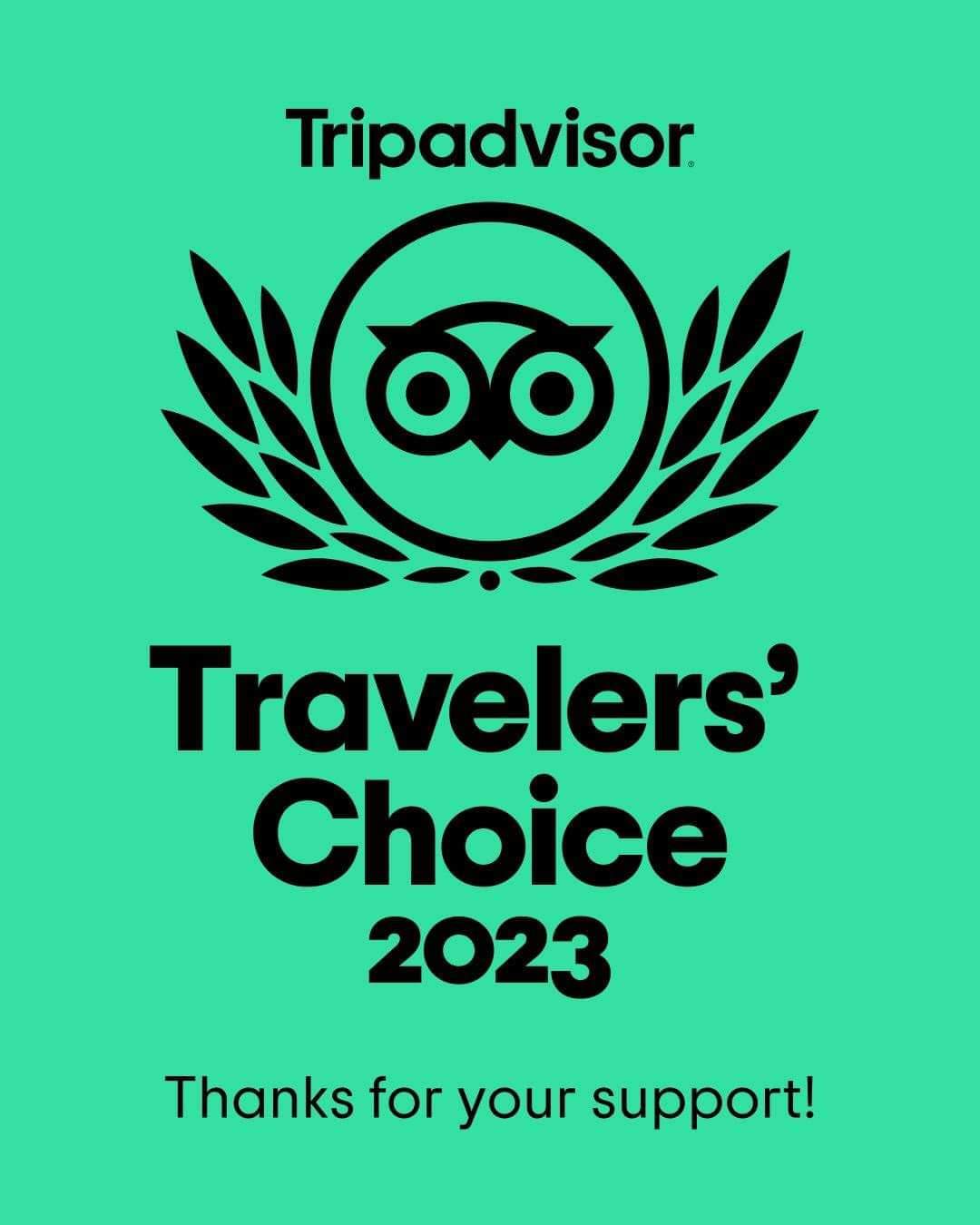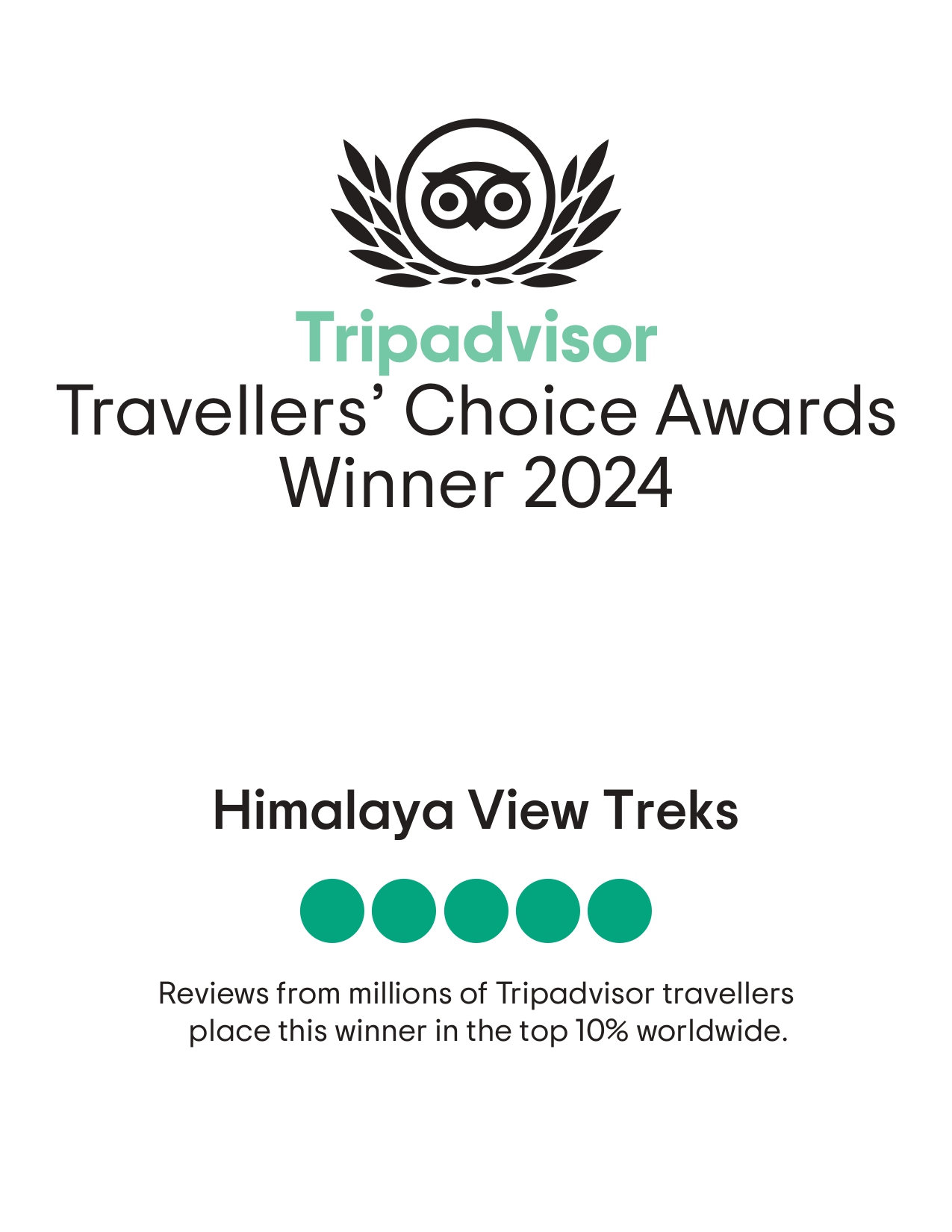Trip overview
Manaslu Larke la Pass Trek – 11 Days Classic Route
The Manaslu Larke la Pass trek requires 11 days. It is all about raw virgin landscapes, an area for true nature lovers, Known for attracting painters & poets, this is a zone whose beauty cannot be overlooked. Until you step into the unknown, you don’t know what you’re made of. The Larke La Pass Trek includes Birendra Lake, and Manaslu Base Camp. It is an 11-day loop Itinerary with a trip cost 2025 / 2026.Trek starts from Soti Khola after a bus ride from Kathmandu and ends in Dharapani via Larkya La Pass. let us know if you want to include a private Jeep.
Although, Manaslu trek combines the cultural heritage of unsurpassed Himalayan beauty and a rich mountain biological diversity. Therefore, the Classic way to Manaslu Larkya la Pass Trek starts from Soti Khola Nepal. And, it ends at Besisahar, which is also a combined with Annapurna Circuit trek. The Manaslu Larkya La Pass trek requires a special permit in a restricted region of Nepal. Getting to Arughat after driving about 7/8 hours from Kathmandu is the start of the trek Manaslu Trek.
Views During the Manaslu Circuit Larkya La Pass Trek
Trekkers ascend along the Budi Gandaki River to Larkya La Pass with breathtaking views of the Himalayas. Some of these famous mountains include Himalchuli (7893m.). Manaslu (8163m), Ganesh Himal (7450m), and many more snow-capped Himalayas with beautiful varied landscapes and different flora and fauna. Moreover, Manaslu’s incomparable beauty and rich blend of Tibetan and Nepalese culture offer a true adventure for visitors in this round Manaslu trek. Here you will find the mountains and valleys covered with diverse and pristine Eco-systems: fantastic Mountain views, and a rich culture.
The Manaslu circuit Larke la trekking allows visitors to see many ancient monasteries and typical villages. therefore, It’s a beautiful opportunity to learn about life in these villages. The itinerary of 11 days Manaslu Circuit classic way offers magnificent views of the surrounding peaks. As you return from Larkya La top, you will walk through beautiful rhododendron forests, you will see natural landscapes, and you will see rare and non-rare animals and birds.
In addition, you will learn about the unique culture and festivals of the local people during this journey. HVT offers an adventurous and romantic elevation of 5,106m Manaslu Larkya La Pass trek in Nepal. During the creation of the Manaslu circuit trek, we included the general route and minimum required days. furthermore, As per your request, we will redesign its itinerary for long treks in other popular areas of the Manaslu region.
Short Itinerary
Manaslu Circuit Larke La Pass 11 days Trek Itinerary
Day 01: Drive from Kathmandu to Machhakhola (825m/2328 ft) 149 Km, 8-9 hours
Day 02: Machha Khola to Jagat (1340m/4395ft) Walking Distance: 22.2 Km/ 6/7 Hours
Day 03: Jagat to Deng (2095m/6871ft) Walking Distance: 20 Km/7 Hours
Day 04: Deng to Namrung (2900m/9512ft) Walking Distance: 19.4 Km/ 6/7 Hours
Day 05: Lho Gaun to Samagaun (3500m/11480ft) Walking Distance: 18Km/7-8 Hours
Day 06: Acclimatization Day at Samagaun, hike to Birendra Lake and Manaslu Base Camp.
Day 07: Samagaun to Samdo (3690m/12103ft) Walking Distance: 8.1Km/3-4 Hours
Day 08: Samdo to Dharamsala (4450m/14596ft) Walking Distance: 6.6 Km/4-5 Hours
Day 09: Dharamsala to Bhimtang (3590m/11775ft) Via Larkya La Pass (5125m/16812ft) 23Km/8-9 Hours
Day 10: Bhimtang to Tilje or Dharapani (2300m/7545ft) Walking Distance: 26 Km/8-9 Hours
Day 11; Drive from Dharapani to Besisahar by local sharing Jeep and then Kathmandu by Bus 8-9 Hours drive
Included
- Kathmandu to Soti Khola by Bus and Dhara Pani to Besisahar to Kathmandu by local jeep or Bus
- All meals (Breakfast, lunch, and dinner) during your Manaslu Circuit Trek with 11 nights Hotel Accommodation
- Government licensed holder, fluent English Speaking, Manaslu Familiar Himalaya view Treks guide, 1 assistant guide if Group sizes is more than 10 trekkers) one guide lead up to 10 trekkers.
- Strong local Porters for Carry trekker’s luggage. One porter every 2 trekkers, Porter carry maximum 20 Kg. 10 Kg per trekkers.
- Cost Includes Guides and porters meals, accommodation, Salary, insurance, transportation, and needed equipment for the Trekking
- MCAP and ACAP entrance permit
- Manaslu special trekking permit
- TIMS card permit
- Staff insurance including medication coverage
- Equipment for the Company staff
- Seasonal fresh fruits every day during Manaslu Circuit trek
- Water purification drop or tablets for safe drinking water
- Oximeter to measure Pulse and oxygen level
- Company T-shirt as a Souvenirs, and duffle bag if needed
- Local government, taxes, including official Service Charge
- Trip completion Certificate
Not Included
- Hotel accommodation and meals In Kathmandu
- Personal expense (shopping, snacks, boil bottle water, hot (tea, coffee) and cold drinks, hot shower, alcohol, Wi-Fi, telephone call, battery charge fee during the Manaslu circuit Trek)
- Personal clothing and trekking gear
- Personal travel insurance including evacuation coverage (compulsory) up to 6000m)
- Additional costs if delays flights and outside the itinerary
- All the costs and expenses which are not mentioned in includes list.
- Tips for guide and porters in end of the treks
Useful Info
11 Days Manaslu Trek - Key highlights:
- Trek under the shadows of Manaslu [8,163m], the eighth-highest peak on earth
- This is a rough-cut Off-the-beaten trail, less crowded than Everest Base Camp and Annapurna Circuit. At most times hereabouts, it’s only you, the mountains, the birds & the heavens above. The animals are pretty shy in this area but you may get a glimpse of them.
- Experience diversity in culture and landscape during your Manaslu Trek. Visit remote Bhotia settlements placed at high altitudes, untouched by modern civilization. Witnessing the lifestyles of the locals here is simply mind-blowing & thought-provoking.
- Walk through a historic region – the erstwhile kingdoms of Gorkha and Ghale Kings and follow an ancient trade route along the Budi Gandaki Valley
- The demanding crossover of Larkya La at (5,160m), a high mountain pass & the passing over 3 different valleys on this trek is an unforgettable experience for a lifetime.
Are you cut out for this trip?
Manaslu trek is graded moderate, if you have done a Himalayan trek before and want to test yourself mentally, this Manaslu circuit is for you. The trek lasts for 11 days. The maximum time you spend on the trail is 9 hours to a minimum of 3 hours. On average, you spend around 5 to 6 hours on the trail.
The route winds across a challenging terrain (Cliffside gravel paths and stone staircases). Certainly Not for greenhorns. Each day there will be an elevation gain of 300 to 500 meters. The trail is less crowded and filled with awesome mountain views. You must be a habituated hiker & mentally strong for a trip of this kind.
The highest point reached during your trek is Larkya La at 5,160m, a high mountain pass that connects Budi Gandaki Valley with Marshyangdi Valley. You stop at local mountain lodges or teahouses for food and accommodation. These teahouses offer basic lodging and meals.
Best Time to Trek in part of the Manaslu and Tsum Valley
Spring (March to May) and autumn (mid-September to November) are considered the best seasons for Manaslu Trek. The weather stays dry and clear during these times, making it ideal for trekking and enjoying unobstructed views of mountains. The days are warm and the nights chilly. On the downside, however, these are peak seasons, and the trails may get crowded and busy.
The trail to Manaslu passes through a pristine forest that is filled with wildflowers and orchids during spring. Walking past the hills covered with wildflowers against the backdrop of the snowy Himalayas will seem heavenly. Autumn is the most popular season for Manaslu Trek.
With the end of the wet monsoon season, which clears the skies of dust and impurities, you can enjoy crystal clear views during this season. Timing your trek around late September or October will allow you to experience the most important festivals of Nepalese, Dashain, and Tihar.
These festivals are celebrated by the Ghales, Gurungs, and Brahmins living in the lower reaches of the trail. If you are bold enough to brave a cold winter trek, you can time your trek during January or February, when the Buddhist communities celebrate Losar or Tibetan New Year in the high mountains.
An important festival celebrated in the Nubri Valley is the Dhachyang or the Horse Festival. This festival which falls during December or January sees wide participation of horsemen from different villages. Horse racing and other competitions are held, where the winners receive handsome prizes and bragging rights. This trek involves crossing a high mountain pass Larkya La (5,165m), which can be quite risky during bad weather. Taking this route during the monsoon or winter season can be hazardous and we do not recommend it.
Getting To Manaslu
The trailhead of Manaslu Trek lies in Gorkha, a mountainous district that was also the epicenter of the devastating earthquake that Nepal suffered in 2015. While fewer roads were connecting this hilly district to Kathmandu in the past, there have been many developments in recent years. Many arterial roads have been built connecting the villages with Kathmandu. The old trailhead to Manaslu used to be Arughat, but now rough jeep tracks have been constructed up to Soti Khola and Barpak. Private as well as local transportation is available from Kathmandu.
If you are traveling on a budget, you can opt to travel by local bus. The journey takes around 7 to 8 hours. Local buses and jeeps (on a sharing basis) depart daily from Gongabu in Kathmandu early in the morning. Private vehicles are also available for hire. The vehicle comes with a driver, and rental charges vary according to the size and type of the vehicle. As per our itinerary, you take a private vehicle from Kathmandu to the village of Barpak, which was also the epicenter of the 2015 earthquake. You drive past New Gorkha and take the road to Barpak. You will observe that the pitched road starts from Kathmandu. However, when the road turns into a rough jeep track as you approach Barpak, you must be prepared to be tossed around a bit. Your trek begins from Barpak. Cross two river valleys, glaciers, and a mountain pass, and finally, you conclude your trek at Dharapani. From Dharapani, our vehicle will pick you up and drive you to your hotel in Kathmandu.
Please note: Manaslu is a restricted zone where solo trekking is not allowed. It is mandatory to trek with a registered agency.
Manaslu Entry Permits & Requirements
Since solo trekking or FIT (fully independent travel) is barred in this region, the permits will be arranged by the agency with whom you book your trek. There should be at least two people in your group to obtain the Manaslu Restricted Area Permit.
The permits needed for Manaslu Trek are:
Manaslu Conservation Area Project Entry Permit,
Annapurna Conservation Area Project Entry Permit,
Manaslu Restricted Area Permit, and
TIMS (Tourist Information Management System) card
Except for the Manaslu Restricted Area Permit, which has to be obtained from the Department of Immigration, all these permits can be acquired from the Nepal Tourism Board’s Office in Kathmandu and Pokhara.
To get these permits, you need to provide the following documents and information:
Original and copies of your passport
Passport-sized photos
Dates when your trek starts and ends
Itinerary/Route
Entry and exit points
Emergency Contact Information (local and home country)
Travel Insurance Details
Manaslu Trekking Permit Fees:
Manaslu Conservation Area Project (ACAP) Entry Permit: NRS 3000 per person for foreigners, NRS 1000 for citizens of SAARC countries, and NRS 100 for Nepalese.
Annapurna Conservation Area Project (ACAP) Entry Permit: NRS 3000 per person for foreigners, NRS 1000 for citizens of SAARC countries, and NRS 100 for Nepalese.
Manaslu Restricted Area Permit : (a) From September to November – USD 100 per person for 7 days and USD 15 per person per day after the 7th day (b) From December to August – USD 75 per person for 7 days and USD 10 per person per day after the 7th day.
TIMS Card: NRS 2000. For SAARC country nationals, NRS 1000
Read More on How to Get a TIMS Card and Trekking Permits In Nepal. However, the trekking agency you’ve booked with will do all this work for you.
Altitude Sickness & Acclimatization
Manaslu Trek takes you to the base of the 8th highest mountain in the world, Manaslu (8,156m). The highest point of your trek is the mountain pass of Larkya La (5,165m). In this environment, there is less oxygen which will lead to breathing difficulty.
To let your body get used to the thin air, you need to walk slowly, and steadily and keep your body hydrated. If you try to hasten and walk fast to reach your destination in less time, chances are you may suffer from AMS or Acute Mountain Sickness.
AMS symptoms like dizziness, headache, nausea, shortness of breath, fatigue, etc., are seen at elevations above 2000 meters. Taking Diamox and a good night’s rest may work for mild cases. Drinking plenty of fluids (water, tea, soup, etc.) and keeping your body hydrated will also help to keep the sickness at bay.
One should take necessary precautions to ensure that the condition does not worsen. But if the symptoms worsen, one may have to return to a lower elevation and get medical help. In the worst-case scenario, an air evacuation will be arranged, where the patient will be flown to Kathmandu to receive medical aid. AMS, if untreated or ignored, can take your life.
Experts and veteran guides have designed this itinerary. A rest day in Sama Gaon has been included in the itinerary to allow your body to adapt to the thin mountain air. The trek is well-paced and allows your body to gradually get used to low oxygen levels in the mountain air.
Drinking Water
It is important to keep your body hydrated on the trail as dehydration also causes AMS. One should drink at least 3-4 liters of fluid.
Though bottled water is readily available at teahouses, we dissuade you from buying it as it adds up to the thrashing problem in the mountains. Moreover, like everything else, bottled water is also expensive in the mountains.
We highly recommend you carry a reusable water bottle with you, one that can hold hot water. You can use one with a sterile pen or an inbuilt filtration system like LifeStraw.
You can also use water purification tablets to treat the water. You might feel the water in the mountains tends to be pure and without impurities, but it's better not to take chances and filter or treat the water before drinking.
Using chlorine or iodine tablets to treat the water may alter its taste. You can add flavored electrolyte powder (readily available at pharmacies in Kathmandu) to mask the bitter chemical taste. Adding electrolyte to your drinking water may also be beneficial as the minerals (sodium, potassium, magnesium, etc.) you lose while walking gets replenished.
Teahouses offer boiled and filtered drinking water at an additional cost. Like bottled drinking water, it can cost anywhere between 1 USD to 4 USD. Charges vary according to altitude (the higher you reach, the more expensive it gets) and quantity also matters.
Internet Connectivity
Internet connection (though erratic and irregular in some places) is available in the Manaslu Region. You can connect with your loved ones while trekking, post updates, and upload pictures on social media. Wi-fi is available at most of the teahouses. Teahouses charge extra for using their Wi-Fi hotspot. Manaslu Link, a local internet provider, offers paid internet access on the trail. You can purchase the username and password at any of the teahouses or shops along the trail. You can also get a mobile sim card in Kathmandu and use it to keep in touch with your family and friends.
Packing Checklist for Manaslu Larkya Pass Trek
As opposed to popular belief, you don’t need any complicated gear and equipment for this adventure. Here’s a basic checklist of the essential items that you should not forget to bring with you during your Manaslu Trek:
A sturdy pair of trekking boots with good ankle support
Rucksack or daypack (30 liters) with waterproof cover
Trekking pants and waterproof trousers
T-shirts or shirts
Down jacket
Wind/ waterproof light jacket
Fleece jumper or jacket
Inner Thermal (top and trousers)
Socks and underwear
Sunglasses, sun hat, woolen cap, or balaclava
Inner and outer gloves
Headlamp, power bank, and extra batteries
Sun protection cream, wet wipes, and hand sanitizer
Towel, flip-flop or rubber sandal, toiletries
Water bottles and water purification tablets
Crampons and Gaiters
4 season Sleeping bag
Sleeping bag liner
These are only some of the essential items. Find a more detailed Packing List for Trekking in Nepal on our website.
Most of the trekking equipment is available for hire in Kathmandu. You can keep your baggage light by only packing the essential items and renting or buying the rest in Kathmandu. Shops in Thamel offer branded as well as locally made gear and equipment.
You can leave your spare luggage in your hotel’s storage room. It is completely safe and free. But do make sure to lock your luggage before leaving it at the storage unit.
Guide(S) & Staff Arrangements
Manaslu Trek takes you to the foot of the 8th highest peak in the world, Manaslu (8,156m). En route, you will be crossing a mountain pass, glacier, and bridges over turbulent Himalayan Rivers. Having an experienced local guide accompanying you will enrich your trip in so many ways. Trekking with a person who has in-depth knowledge of the mountain will also keep you safe and secure.
When you book a trek with us, we pair you up with one of our local guides. All our guides have experience of more than a decade and have a vast knowledge of the area you are visiting. They have completed the trekking guide course and have the required government license to work as mountain guides. They can communicate in English and have received training in wilderness first aid and crisis management.
A chief guide or trek leader will lead the trek. For every 4 trekkers, there will be an assistant guide assisting them personally. One porter will carry the luggage of 2 clients. Make sure that your luggage does not exceed 15 kg, as the porter can only carry a weight of 30 kg.
We believe in the ethical treatment of our staff. All our Guides and Porters are provided with weather-appropriate gear and clothing to battle the harsh weather in the mountains. Before the start of a trek, we ensure that our mountain guides are fully insured. They are given fair wages and treated with respect.
We seriously follow the guidelines set by IPPG (International Porter Protection Group) and offer assistance to porters to develop other skills. A portion of the booking fee goes to fund the education of our field staff’s kids.
Travel Insurance
For Manaslu Trek, you need a good travel insurance policy that offers you coverage for all activities and altitudes included in your itinerary. The highest altitude you reach is 5,165 meters, and your travel insurance should offer you suitable coverage up to this elevation.
Though we take your safety as our number one priority, we cannot rule out mishaps and emergencies that may occur at this altitude.
There is less oxygen in the environment, and trekkers usually suffer from Acute Mountain Sickness, which could prove to be fatal if not treated on time.
Walking in a treacherous mountain environment also exposes you to physical injuries. Therefore make sure that your insurance covers the cost of all injuries and emergencies that you can face during this trekking adventure. Nature can be a monster when least expected.
Your insurance policy should especially cover the cost of helicopter evacuation and hospitalization in case of an accident or medical emergency, as these happen to be quite expensive. Check for vaccination requirements as some travel insurance policies make it mandatory to immunize yourself before you leave your country.
Before you decide on a policy, be mindful and don’t forget to read the fine print. It would be advantageous for you also to choose a company that offers insurance coverage on domestic and international flight cancellations and lost or stolen baggage.
Trip Safety
We ensure the safety of our clients by following all safety protocols during the trip. This itinerary has been designed by travel experts and veteran guides who have trekked on this route innumerable times. To prevent AMS, the required number of rest days has been added to the itinerary. Our guides always carry a first-aid kit and pulse oximeter (to measure the oxygen level in your blood) with them. The guides assigned to you have more than 10 years of experience and know what steps to take during an emergency. They are well-trained in wilderness first aid and crisis management.
If a client shows symptoms of AMS and needs to descend to a lower elevation, an assistant guide will escort them and follow the safety protocol. He will closely monitor the client’s condition and take the required steps needed for the client's well-being. If they feel alright after a night’s rest, the guide will escort the client back to join the group. But if the condition worsens, the client will be escorted down to a lower elevation or airlifted to Kathmandu for expert medical aid.
A Typical Day on the Manaslu Trek
A typical day on the trail begins with a wake-up call at around 6 AM by your guide. Freshen up and get ready. Pack your belongings and head to the dining area for breakfast by 7 AM. Check your luggage for the final time and fill your water bottle before you hit the trail by 8 AM, along with your guide.
To avoid walking in the heat and enjoy clear mountain views, you make an early start. En route, there will be short breaks to enjoy the views and take photographs. You stop for lunch at a local teahouse around noon or mid-day. After a quick rest of about an hour or 40 minutes, you get back on the trail and continue till you reach your overnight stop. Upon reaching the stop for the night, you head to your teahouse, check-in, and have some rest. Tea with some light refreshments (cookies or roasted corn) will be served at 5 p.m. As the rooms are not insulated, you can warm yourself with the heater or stove in the communal area. Exchange stories or play cards with other trekkers & your crew till dinner is served (around 7 PM). After dinner, your guide will brief you about the next day’s trek – the route you will take, the difficulty, where you will stop for lunch, etc. Afterward, retire for the night and have a well-deserved rest.
On average, you may have to walk 5 to 6 hours daily. The toughest day will be the crossing of Larkya La on Day 10. There will be plenty of stops en route to take pictures and enjoy the scenery.
Responsible Travel
We always expect our respected guests to travel responsibly and do their best to limit any negative impact on the environment. Limit the use of plastic and be mindful about throwing waste in the mountains. When you trek with us, you will be supporting local communities (from the guides and porters to teahouse owners). We, as a registered company with the government, support sustainable tourism and patronize local businesses. We partner with service providers who work towards saving the environment. We’re aware that devoted practice is more necessary than simply preaching when it comes to Responsible Travel.
Are You Already in Nepal?
If you are already in Kathmandu or Pokhara and seeking to Hire a guide/porter or tour/trekking packages, you can directly contact an expert via WhatsApp at +9779841146306. Or visit our office:- Himalaya View Treks Kaldhara Marg, Kathmandu 44600, in front of the Kathmandu Sport Climbing Center 1st-floor building.
FAQs
-
• What about drinking water during the Manaslu trek? Is it safe to drink?
Teahouses offer boiled and filtered drinking water to trekkers for a price. Though you can purchase bottled water, we discourage the use of plastic bottled water on the trail because of the adverse effect on the environment. You can bring along with you a reusable bottle and fill it up with drinking water. Your guide will check the condition of the water of the filtered water before you purchase it. Please be assured that our guide will thoroughly check whether the water has been boiled and treated properly before you drink it.
-
• How much will I be spending on the trail per day?
You won’t need much to be honest. If you have booked a package with us you won’t be spending much as accommodation and 3 meals are already included in your trip price. You may have to personally pay for items like beverages and drinks, extra snacks, hot showers, electronic device charging, wifi etc. USD 20 to 30 (NRS 2000-3000) per day will be enough.
-
• On an average how long will we be walking each day?
You’ll be hiking through some of the most remote & rugged territory on planet earth. Each day you can expect 5 to 7 hours of walking, covering around 10 to 14 km. However, when you reach 3500m, you will be walking around 5 to 7 hours but the distance covered will be less as you will be walking slowly at higher altitudes. We want you to know that all our itineraries are flexible and can be altered by weather, geographical and physical condition of the individual participants. We strongly advise that you hike to a pace comfortable to your body.
-
• What happens if someone from our group gets sick while trekking on the mountains?
Kindly do note that if you are traveling in a group, a member falling sick won’t disrupt your trip. While the sick person will be taken care of, the rest of the group will be able to continue with the trip. If someone becomes ill on the trail your trekking guide will take the sick person’s condition on account and decide if he or she shall continue with the trek or return to a lower elevation and wait for the rest of the group. If his or her condition is serious then the person will be flown by air ambulance to Kathmandu or Pokhara for expert medical attention. An assistant will take care of the sick person, while the rest of the group shall proceed onwards and complete the trip as per the itinerary.
-
• What if I want to do something beyond the itinerary?
If you want to add extra activities and sites to your itinerary it can be done. Our Travel Consultant will help you customize your trip. Just let us know which places you want to visit and what you want to do and we will add these into your itinerary. There’s no problem here.
-
• What kind of insurance do I need for trekking in Nepal? Can I get insurance there?
We would recommend all our clients to purchase travel insurance before booking any of our treks, especially this one. Believe us, it will have a good psychological effect mentally & give you a pleasant holiday knowing that you have a good insurance cover. In the event of any sickness or injury while trekking on the mountains, the cost of emergency treatment and evacuation will be considerable. Therefore, traveling with an insurance cover is strongly recommended for everyone who signs up for any of our trips. But be careful while choosing a policy as some policies makes special exceptions for adventure travel. Do read the fine print well. Before buying insurance make sure your insurance company is aware of your travel itinerary and is agreeable to cover all activities being undertaken during the trip. Such as if you are planning to trek or climb (mountaineering expedition) in the Himalayas, your insurance must cover emergency air ambulance/helicopter rescue including medical expenses. For a group tour in an urban area, insurance cover of air ambulance or helicopter rescue is not mandatory. While booking a trip with us you need to send us a copy of your insurance policy (e.g. your insurance certificate) or carry it with you while you come for the trip.
-
• How do you avoid altitude sickness?
It’s important to note, all our trekking itineraries incorporate adequate number of acclimatization days. You will get an extra day’s rest at a lower elevation to prepare your body for a walk up to the higher reaches. AMS or Acute Mountain Sickness usually occurs due to the lack of oxygen in the atmosphere at alpine altitudes. Our body is not used to walking in high altitude and it requires a lot of time to adapt to thin air in the mountains. Technically, there is no way of stopping AMS but you can certainly prevent it by following the tips below: 1. Keep your body hydrated. Drink at least 4 liters of water daily. 2. Give up smoking, alcohol and caffeine, the major causes of dehydration and headaches. 3. Go slow – you’re not in a race. Take plenty of time to acclimatize to the increase in altitude. 4. Don’t skip the acclimatization day. Take Diamox, an over-the-counter pill used to prevent and reduce the symptoms of altitude sickness.
-
• Do I need to bring additional medicine for trekking?
We carry a first-aid box with us while trekking. But if you want you can carry along some essential medicines like ibuprofen, codeine, paracetamol, lozenges, anti-diarrhea tablets and diamox for AMS.
-
• Can you provide more information about your trekking guides?
Most of the guides on our payrolls come from mountainous areas. They are carefully selected on the basis of their experience, leadership skills and personal aptitude. We provide guides that are experienced and fluent in English. With the objective of sustaining local communities, we employ guides from different ethnic backgrounds who have adequate knowledge about the culture, ecosystem, flora and fauna, geography and history of Nepal. Our guides have the required government license to guide tourists. They have all gone through intensive training programs like wilderness first aid, trekking guide training, eco training workshop and rock climbing, ice climbing and mountaineering, which are certified and approved by the government of Nepal. They enjoy their jobs, virtually!
-
• Do you provide trekking gear and equipment for this trek?
We provide a sleeping bag and down jacket but you need to bring your own personal gear. We can recommend some good stores where you can hire or buy new ones.
-
• Is my departure guaranteed
On confirmation of your booking with us, your departure is absolutely confirmed. Nonetheless, please importantly note, this trek can only be operated with more than 2 people as per government rules as this trek falls within the restricted zone of Nepal. This is a guaranteed trip unless there are circumstances that go beyond our control, i.e. riots, arson, protests, serious political problems or any sudden natural environmental disasters that may occur in the region we are trekking to. Should this happen, refunds will be made after some administrative costs will be deducted. Other than what’s mentioned, this is a 101% guaranteed trip.

